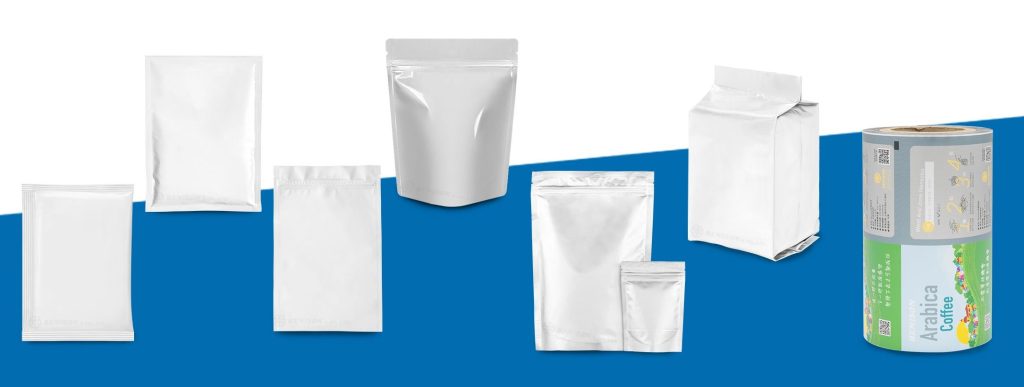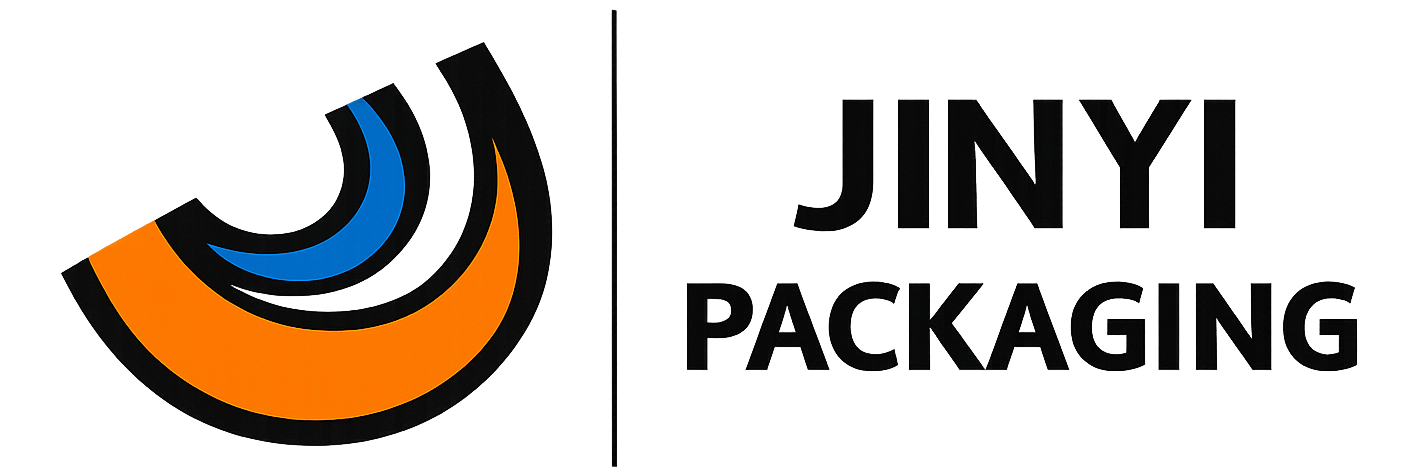The Packaging Film & Bags Industry: Innovation, Sustainability, and Growth

The packaging films and bags sector is experiencing robust expansion. The global packaging films market was valued at approximately USD 105.4 billion in 2024 and is projected to reach USD 159.7 billion by 2033, with a CAGR of 4.7% MarketsandMarkets. More recent forecasts suggest it could grow from USD 115.5 billion in 2025 to USD 179.2 billion by 2034, at an even stronger 5% CAGR Towards Packaging.
Driving this growth are rising demand from food & beverage, pharmaceutical, personal care, and healthcare sectors, particularly in Asia-Pacific, which continues to lead in consumption and innovation MarketsandMarketsMordor IntelligenceTowards Packaging.
Equally noteworthy is the high-barrier packaging films segment, valued at USD 33.8 billion in 2023 and forecasted to grow to USD 58.1 billion by 2032 (6.2% CAGR), reflecting its critical role in preserving sensitive products like pharmaceuticals and electronics zionmarketresearch.com.
2. Key Growth Drivers & Trends
Sustainability & Eco-Friendly Innovation
Sustainability is a core trend. Manufacturers are adopting mono-material films, plant-based substrates, and designing for recyclability to minimize environmental impact Mordor Intelligence维基百科Midland Daily News. For example, Dow’s INNATE TF 220 resin, used in BOPE films, offers enhanced recyclability and is being utilized by brands like Liby in China’s first fully recyclable detergent packaging Midland Daily News.
Convenience & E-Commerce Momentum
The e-commerce boom has elevated demand for flexible, lightweight, and protective packaging such as stand-up pouches, resealable bags, and sachets epackagingsw.comTowards Packaging. These formats must balance portability, tamper-evidence, and branding appeal to thrive in online retail environments epackagingsw.com.
Smart & Active Packaging Solutions
Advanced solutions are gaining traction—IoT-enabled packaging, active barrier films, and nanotechnology are transforming how brands ensure product freshness, consumer safety, and supply chain transparency StartUs InsightsarXiv.
Efficiency & Automation
Automation and AI are optimizing production and inventory. Technologies like vertical form-fill-seal (VFFS) machines enable efficient bag production directly from film rolls 维基百科. Meanwhile, digital printing empowers brands with agile design updates and shortened runs, aiding customization while preserving margins Mordor Intelligencehbfuller.com.
3. Regional Insights & Market Segments
Asia-Pacific: The Growth Powerhouse
Asia-Pacific, especially China and India, dominates both consumption and innovation in packaging films—driven by strong e-commerce growth, rising healthcare demand, and tightening sustainability regulations MarketsandMarketsTowards Packaging.
North America & Europe: Innovation Hubs
North America, while mature, continues to invest in barrier technologies, recycling infrastructure, and bioplastic development Mordor Intelligencezionmarketresearch.com. Meanwhile, Europe often leads in regulatory-driven innovation and consumer adoption of eco-friendly films.
Specialty Markets: Cleanroom Packaging
In high-precision sectors like pharmaceuticals and semiconductors, the cleanroom films & bags market was estimated at USD 5.71 billion in 2024, projected to grow at 5.8% CAGR through 2030 Grand View Research+1. The U.S. alone saw about USD 1.29 billion in 2022, also with promising growth trajectories Grand View Research.
4. Challenges & Strategic Outlook
Recycling Infrastructure Gaps
Despite technological advances, many regions struggle with recycling soft plastics or flexible packaging. For instance, in Australia, only 6% of soft plastics are recycled, highlighting systemic challenges 卫报.
Bioplastic Limitations
Compostable alternatives still face hurdles—high cost, limited infrastructure, and consumer confusion about proper disposal persist TIME.
Complexity of Sustainability Messaging
Even if packaging is plant-based, consumers may misinterpret labelling, leading to recycling contamination. Clear, intuitive labeling is essential for sustainable solutions to work effectively TIME.
5. Future Outlook: Strategic Imperatives for Industry Leaders
Champion circularity: Adopt recyclable mono-materials, design for reuse, and collaborate on recycling infrastructure.
Invest in smart packaging: Embrace active and IoT-enabled films to enhance shelf-life, transparency, and customer engagement.
Optimize efficiency: Leverage automation and digital printing to reduce waste, increase agility, and enable smaller batch production.
Drive education & labeling clarity: Ensure consumers and recycling systems understand disposal protocols for new materials.
Target niche & high-margin markets: Explore cleanroom-grade films, pharma packaging, and premium barrier formats.
Conclusion
The packaging film and bags industry is at a pivotal intersection of sustainability, technology, and market growth. With widening adoption of recyclable materials, smart packaging, and efficiency innovations, the sector is evolving rapidly. Asia-Pacific leads demand, North America and Europe lead innovation, and specialized markets like cleanroom packaging offer high-value growth opportunities.
By aligning product strategy with environmental stewardship and operational excellence, companies can not only thrive in the near term but also contribute to a more sustainable, intelligent, and resilient packaging future.

